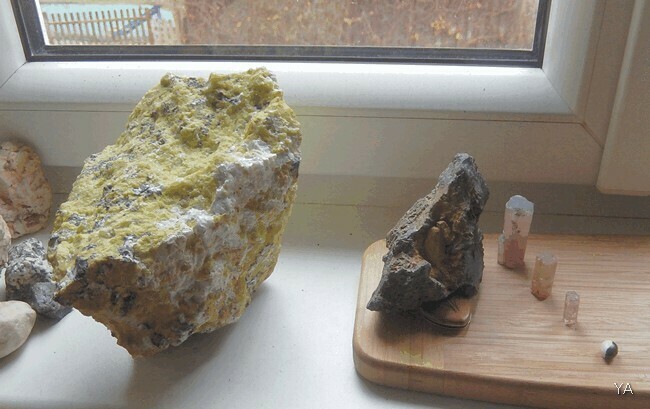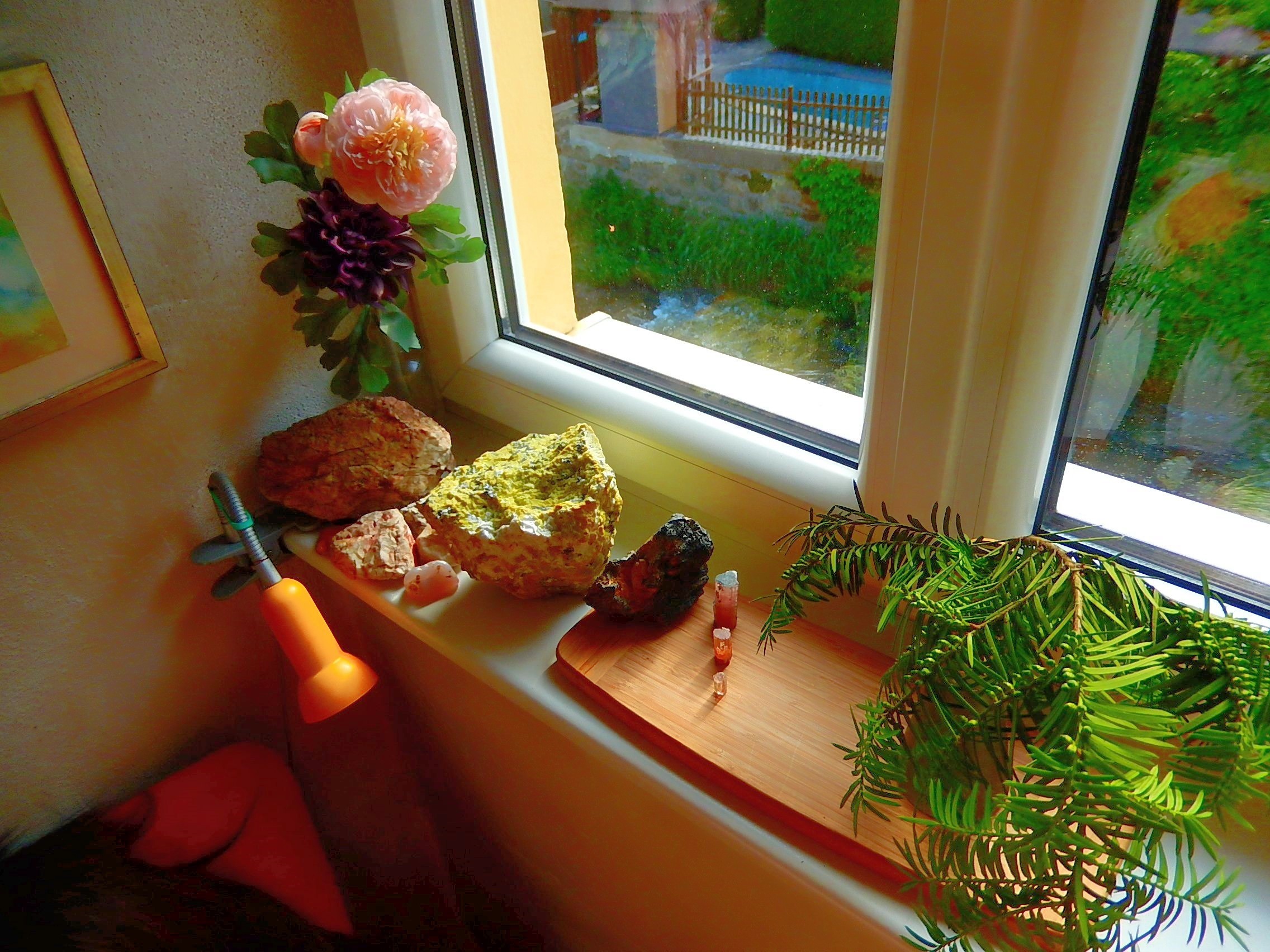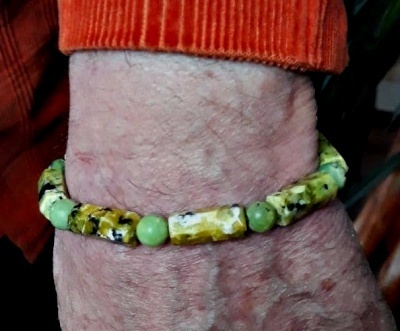t is triclinic, has one direction of perfect cleavage, and may be white, yellow or green. Lizardite is translucent and soft, and may be pseudomorphous after enstatite, olivine or pyroxene, in which case the name bastite is sometimes applied. Bastite may have a silky lustre.
Lizardite was named by Eric James William Whittaker and Jack Zussman in #1955 after the place it was first reported, the Lizard Peninsula, (from the Cornish: An Lysardh) in southern #Cornwall, England, United Kingdom.
Scyelite is a synonym of lizardite
Crystal system Trigonal
Color Green, brown, light yellow to white
Mohs scale hardness 2.5
Luster Resinous, waxy, greasy
Streak White
Specific gravity 2.55
[Wikipedia]
Chemical Formula: Mg3Si2O5(OH)4
Magnesium Silicate Hydroxide
Lizardite is a member of the #Serpentine Group of minerals that also includes Antigorite and Chrysotile. These three minerals are polymorphous, meaning they have essentially the same chemistry but different structures. Antigorite is a fairly common member of the group, but Lizardite is the most abundant Serpentine. The Serpentine Group is a subgroup of the Kaolinite-Serpentine Group. At a Moh’s hardness of only 2.5 it is very soft, but its bright, apple green colors make for beautiful cabochons for collectors.
[https://nationalgemlab.in/lizardite/]





